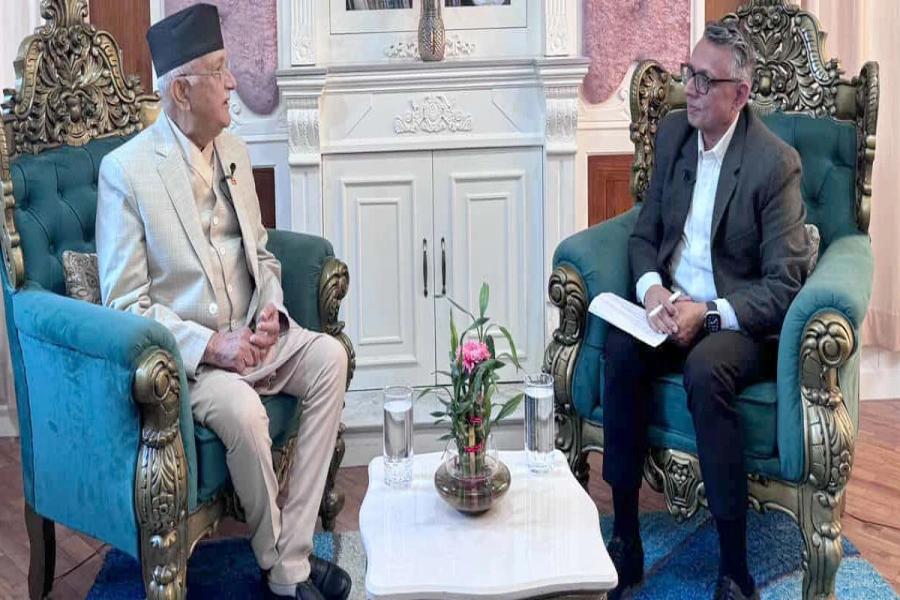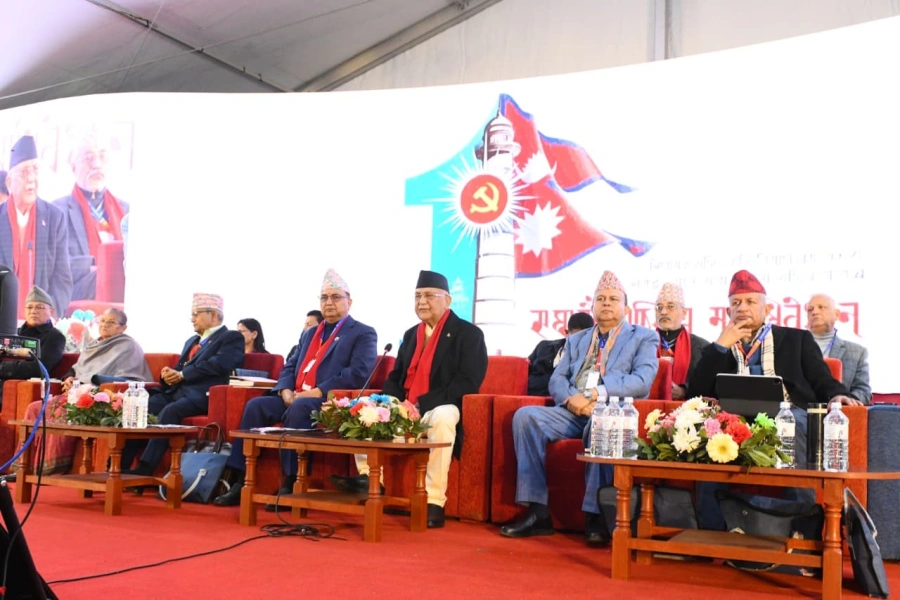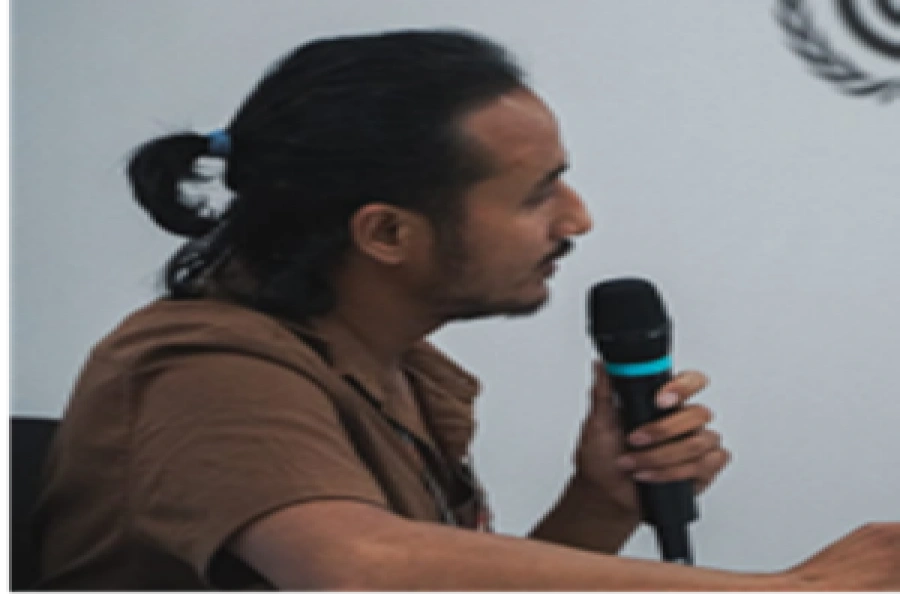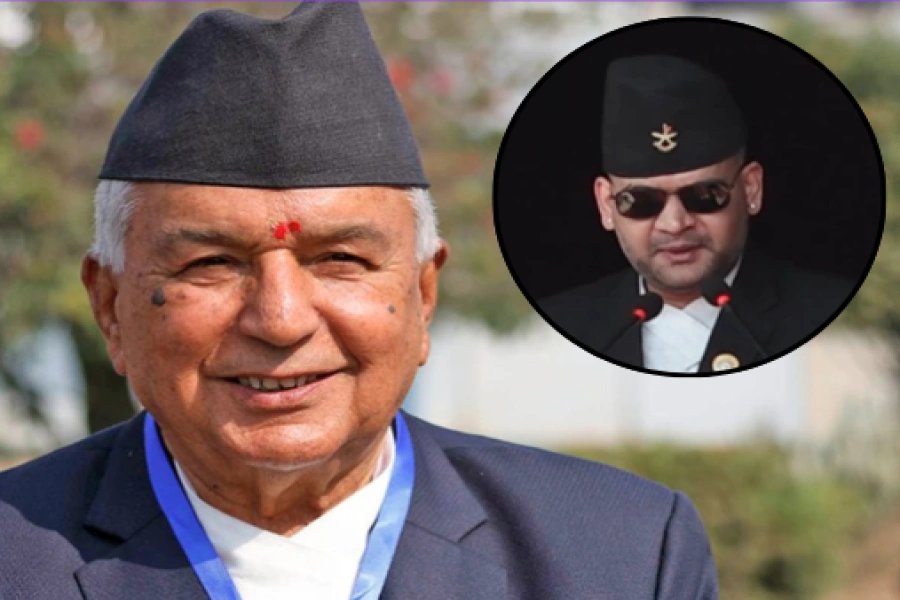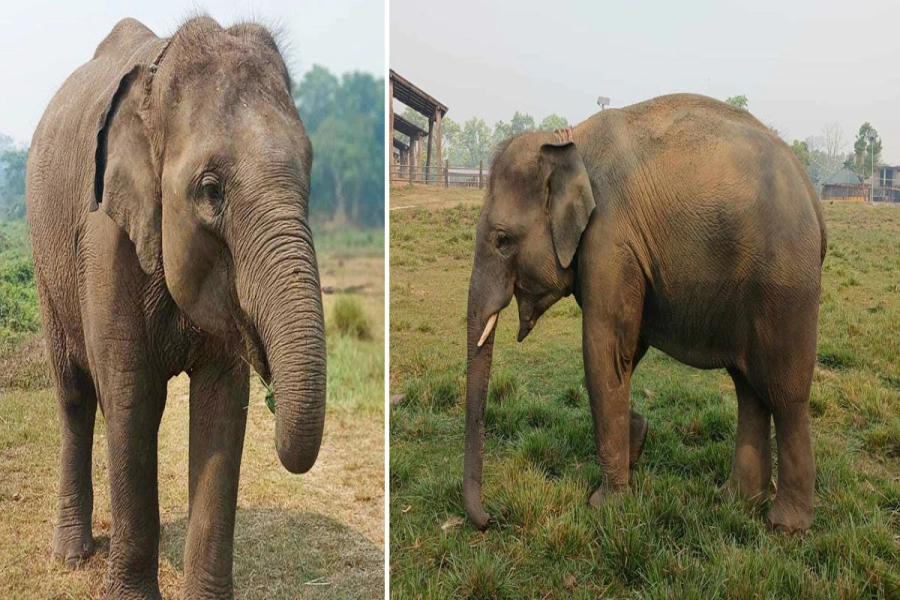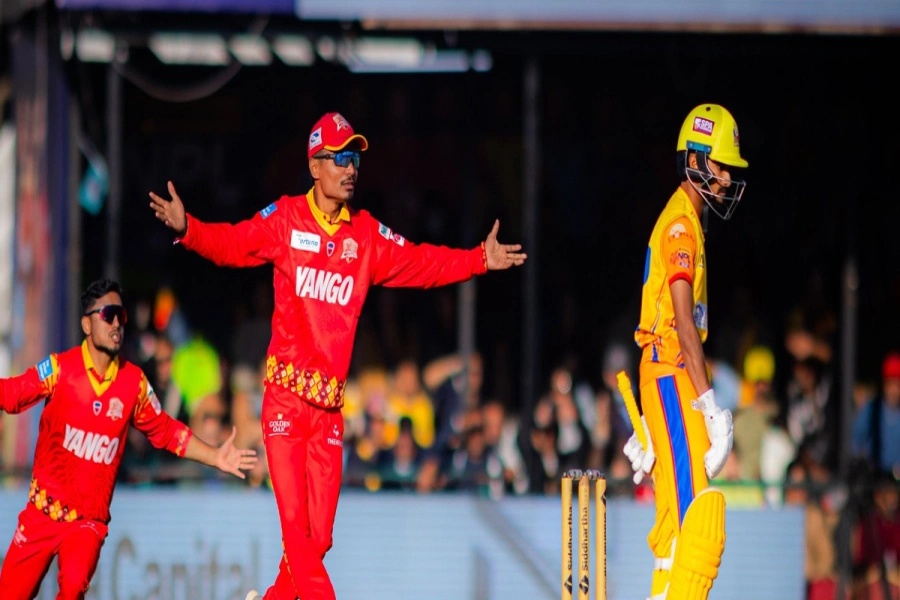He does so eloquently with bits of poetry in between, extracts from Omar Khayyam to Robert Frost, and beautiful drawings of the animals described from different points of view. It’s also important to remember that many other discoveries of the Cambrian age have been made since Gould’s book was published.
The book “Wonderful Life: The Burgess Shale and the Nature of History”, according to Gould, is “a chronicle of the intense intellectual drama behind the outward serenity of this reinterpretation,” “statement about the nature of history and awesome improbability of human evolution” and “why such a fundamental program of research has been permitted to pass so invisibly before the public gaze.” [break]
The intellectual drama unfolds with Walcott, who, though a respected paleontologist and secretary of the Smithsonian, isn’t able to devote enough time to understanding the Burgess Shale. Gould, while blaming Walcott for not doing as much as he could have, also tries to understand the personality of man Walcott was and the context that may have prevented him from seeing things clearly.
Gould then seizes on Harry Whittington, Derek Briggs, and Simon Conway Morris (who wrote The Crucible of Creation: The Burgess Shale and the Rise of Animals) as heroes who were able to take what Walcott had shoehorned and re-visualize them as what they were – not necessarily evolutionary ancestors of the creatures classified under the system of modern phyla, but living things who, though superior in their physical build, were unable to survive natural conditions. Progress did not always mean improvement, says Gould, sometimes it merely meant that one organism had an advantage over another.
The soft-bodies of the creatures of the Burgess Shale were preserved in almost 3D in the limestone quarry formed more than 500 million years ago. Gould describes the wonderful creatures that were and also provides drawings, including camera Lucida versions of what they probably looked like.
He explains Whittington, Briggs and Morris’ methods of recreating the creatures and reclassifying them. It reveals the wonderful array of animals that inhabited the earth back then. He also touches on Darwin’s own idea of the evolution and its process, progress being irrelevant, and how the general public has learned to understand the idea of evolution as a method where progress is integral.
As eloquent as Gould is, there’re times when he goes a bit too far in his bias and begins to analyze the personalities of the people in order to understand the conclusions of the work they produced. He also continues to hammer an issue even though it has already been made clear before. Also, the footnotes sometimes come off as arrogant statements and opinions.He may have done better by staying away from these and only showing the Burgess animals as the wonderful creatures they were. He could have followed the intellectual ideas and let the audience decide for themselves about the kinds of people the scientists were, if they were at all interested.
Still, Gould has done a pretty good job in doing what he rants quite a bit about – reaching the layman and telling them about the importance of our understanding of the creatures of the Burgess Shale. And he does so well.
In 1991, the book was a finalist for the Pulitzer Prize and the winner of the Aventis Prizes for Science Books. It’s still considered a classic among the science books written for the ordinary person and is a book worth reading.
Extinct and the extant













